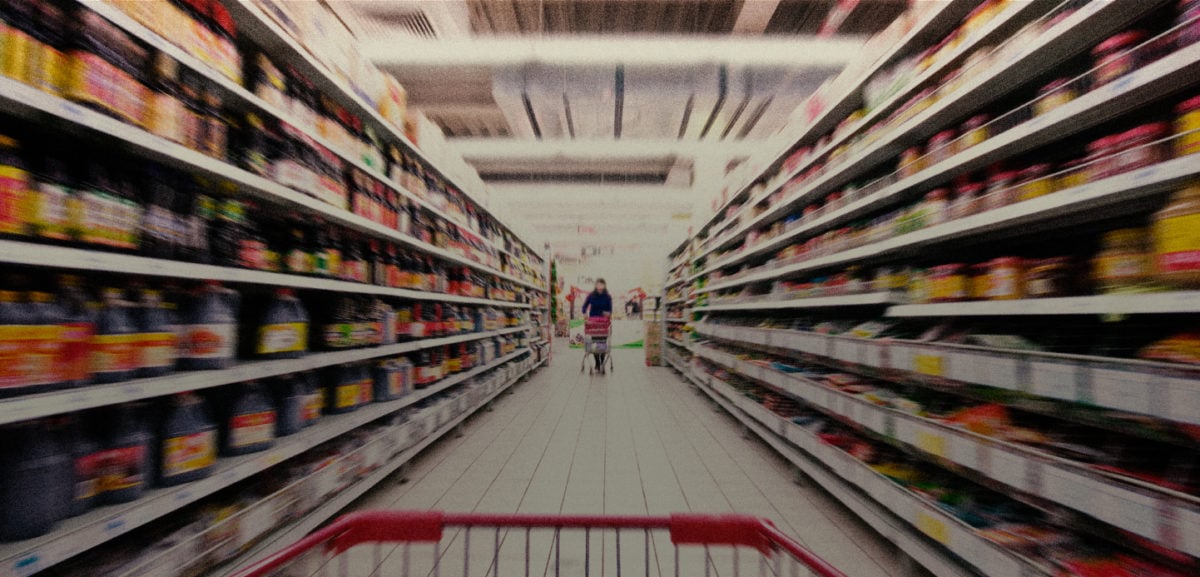Heat and Control Acquires Fabcon Food Systems to Enhance Global Food Processing Capabilities
Introduction
Heat and Control, headquartered in Hayward, California, USA, has acquired UK-based Fabcon Food Systems. This strategic acquisition expands Heat and Control’s food processing equipment portfolio and manufacturing capabilities in Europe, enabling the company to better serve global markets across various sectors.
Expansion of Capabilities and Services
Fabcon Food Systems is recognized for manufacturing a broad range of innovative, reliable, and cost-effective food processing solutions. According to Tony Caridis, President of Heat and Control, this acquisition allows the company to deliver even more innovative solutions to its global customers.
Enhancement of Technical and Manufacturing Network
The acquisition integrates Fabcon’s technical team and manufacturing capacity in the UK into Heat and Control’s existing network. This integration enhances the company’s ability to provide customized processing, handling, and packaging systems worldwide.
Strategic Growth and Market Expansion
Trevor Howard, Managing Director of Fabcon Food Systems, emphasized that the new venture will facilitate expansion into new regions while ensuring the continued delivery of innovative and reliable solutions.
Alignment with Sustainable Development Goals (SDGs)
This acquisition supports several United Nations Sustainable Development Goals (SDGs), including:
- SDG 2: Zero Hunger – By enhancing food processing capabilities, the company contributes to improving food availability and reducing food loss.
- SDG 9: Industry, Innovation, and Infrastructure – The integration of innovative food processing technologies promotes sustainable industrialization and fosters innovation.
- SDG 12: Responsible Consumption and Production – Customized and efficient processing and packaging systems support sustainable consumption patterns and reduce waste.
- SDG 17: Partnerships for the Goals – The acquisition exemplifies global partnership and collaboration to achieve sustainable development in the food industry.
About Heat and Control
Heat and Control is a global company specializing in the design and manufacture of equipment for processing, packaging, and inspecting food and other products. The company’s commitment to innovation and sustainability aligns with global efforts to advance the Sustainable Development Goals.
1. Sustainable Development Goals (SDGs) Addressed or Connected
- SDG 2: Zero Hunger
- The article discusses food processing equipment and solutions, which contribute to improving food production and distribution efficiency.
- SDG 9: Industry, Innovation and Infrastructure
- The acquisition expands manufacturing capabilities and enhances innovative food processing technologies.
- SDG 12: Responsible Consumption and Production
- Innovative and cost-effective food processing solutions imply improvements in sustainable production practices.
- SDG 8: Decent Work and Economic Growth
- Expansion of manufacturing capacity and technical teams supports economic growth and employment opportunities.
2. Specific Targets Under Those SDGs
- SDG 2: Zero Hunger
- Target 2.3: By 2030, double the agricultural productivity and incomes of small-scale food producers through sustainable food production systems and resilient agricultural practices.
- SDG 9: Industry, Innovation and Infrastructure
- Target 9.2: Promote inclusive and sustainable industrialization and, by 2030, significantly raise industry’s share of employment and gross domestic product.
- Target 9.5: Enhance scientific research, upgrade the technological capabilities of industrial sectors.
- SDG 12: Responsible Consumption and Production
- Target 12.2: By 2030, achieve the sustainable management and efficient use of natural resources.
- Target 12.5: By 2030, substantially reduce waste generation through prevention, reduction, recycling and reuse.
- SDG 8: Decent Work and Economic Growth
- Target 8.2: Achieve higher levels of economic productivity through diversification, technological upgrading and innovation.
- Target 8.5: By 2030, achieve full and productive employment and decent work for all women and men.
3. Indicators Mentioned or Implied to Measure Progress
- For SDG 2 (Zero Hunger)
- Indicator 2.3.1: Volume of production per labour unit by classes of farming/pastoral/forestry enterprise size.
- Implied through improved food processing equipment enhancing productivity and food availability.
- For SDG 9 (Industry, Innovation and Infrastructure)
- Indicator 9.2.1: Manufacturing value added as a proportion of GDP and per capita.
- Indicator 9.5.1: Research and development expenditure as a proportion of GDP.
- Implied by expansion of manufacturing capacity and innovation in food processing technologies.
- For SDG 12 (Responsible Consumption and Production)
- Indicator 12.2.1: Material footprint, material footprint per capita, and material footprint per GDP.
- Indicator 12.5.1: National recycling rate, tons of material recycled.
- Implied through cost-effective and innovative processing solutions that may reduce waste and improve resource efficiency.
- For SDG 8 (Decent Work and Economic Growth)
- Indicator 8.2.1: Annual growth rate of real GDP per employed person.
- Indicator 8.5.2: Unemployment rate, by sex, age and persons with disabilities.
- Implied by job creation and economic expansion through acquisition and increased manufacturing capacity.
4. Table of SDGs, Targets and Indicators
| SDGs | Targets | Indicators |
|---|---|---|
| SDG 2: Zero Hunger | Target 2.3: Double agricultural productivity and incomes of small-scale food producers by 2030. | Indicator 2.3.1: Volume of production per labour unit by classes of farming/pastoral/forestry enterprise size. |
| SDG 9: Industry, Innovation and Infrastructure |
|
|
| SDG 12: Responsible Consumption and Production |
|
|
| SDG 8: Decent Work and Economic Growth |
|
|
Source: petfoodindustry.com







